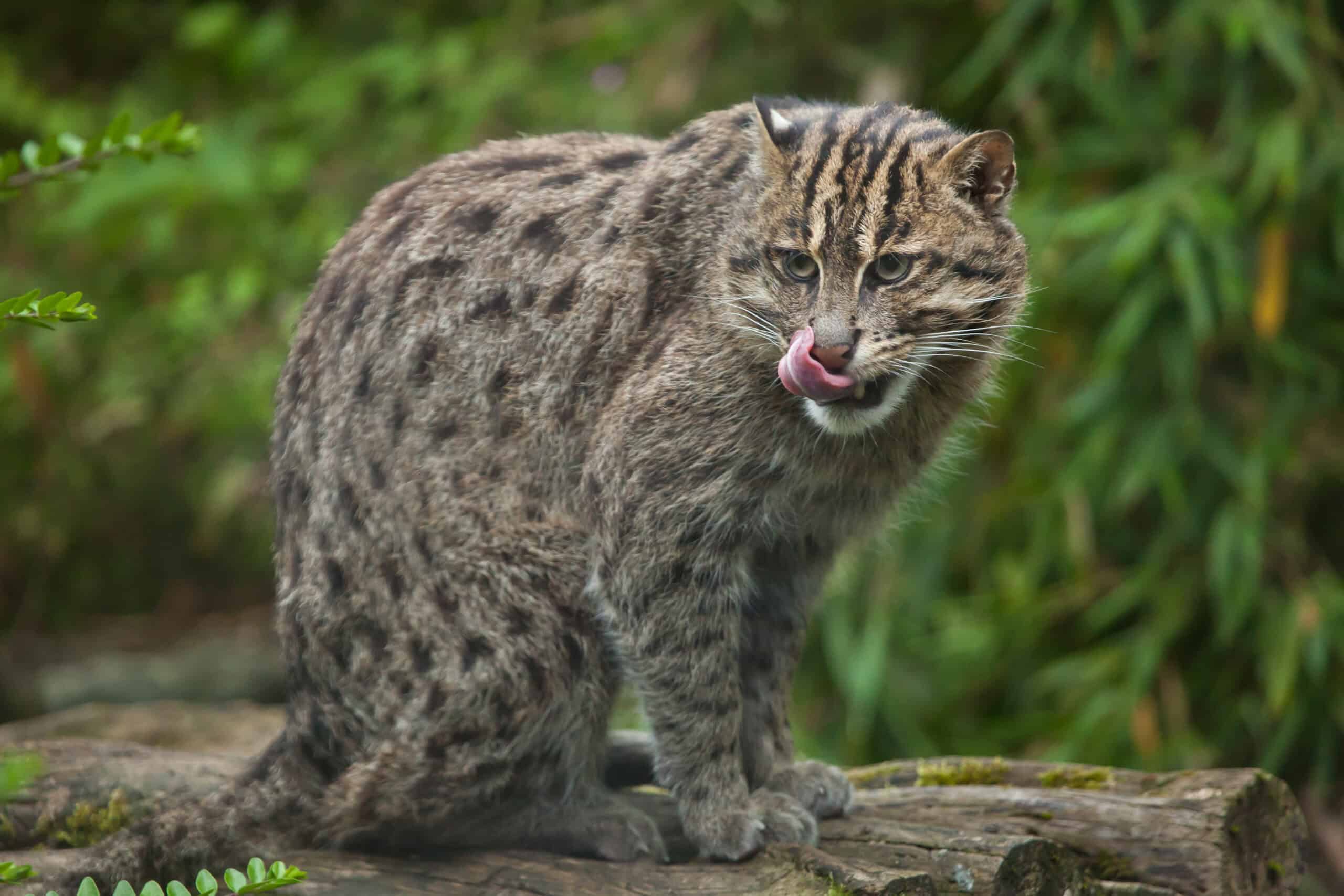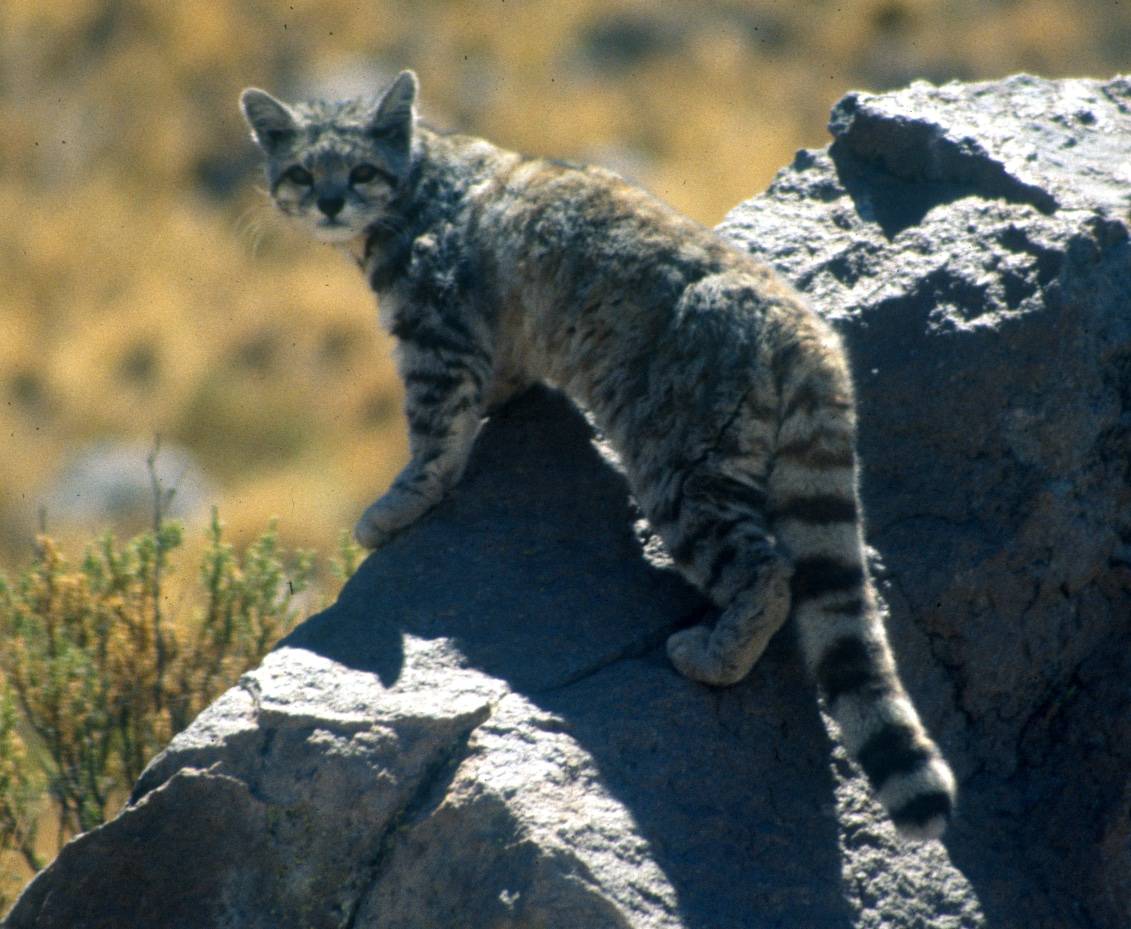The Hualongdong site in Anhui Province, China, has unveiled a tiny yet groundbreaking fossil discovery—Prionailurus kurteni, the smallest known extinct feline species. This ancient leopard cat dates back 300,000 years and offers unique insights into the environment, wildlife diversity, and human activity of prehistoric East Asia. With its size rivaling the smallest living felines, the rusty-spotted cat and black-footed cat, this fossil provides a window into a distant era shaped by early human presence and evolutionary dynamics.
Discovery of the Tiniest Cat Fossil

Researchers uncovered the fossil of Prionailurus kurteni, an extinct species of leopard cat, at the Hualongdong site. The fossil, which could fit in the palm of one’s hand, demonstrates how small and unique this ancient feline was.
Fossil Context in Hualongdong Cave

The Hualongdong cave, a 300,000-year-old archaeological site, has yielded significant human and animal fossils. This includes over 20 archaic human remains, providing a broader environmental context for the newly discovered feline.
Insights into the Species’ Size

The diminutive size of P. kurteni makes it comparable to modern tiny cats like the rusty-spotted cat. Its discovery hints at high diversity within prehistoric leopard cats.
Evolutionary Connections to Modern Cats

This extinct leopard cat provides crucial evidence of a common ancestor shared by leopard cats, domestic cats, and Pallas’s cats. Its jawbone and first molar add weight to molecular theories of feline evolution.
Challenges of Fossil Preservation

The forested habitats where leopard cats thrived rarely preserved bones, making this find exceptional. It provides rare fossil evidence for a group typically documented through genetic studies.
Archaic Humans and Wildlife Interactions

Researchers speculate that early humans at the Hualongdong site may have indirectly influenced local wildlife, attracting small animals like P. kurteni through discarded food scraps.
Environmental Insights from Fossils

The discovery of animal fossils, including P. kurteni, illuminates the prehistoric environment. It hints at the challenges, diets, and threats faced by both humans and wildlife in the region.
Collaborative Research Efforts

This discovery was made possible through collaboration between Chinese and international institutions, including the Swedish Museum of Natural History and Northeast Forestry University.
Remarkable Finds at Hualongdong

Since its discovery in 1988, the Hualongdong site has unveiled 20 human fossils, hundreds of stone artifacts, and numerous vertebrate remains, contributing to our understanding of prehistoric life.
Implications for Understanding Biodiversity

The discovery of P. kurteni suggests a previously unknown diversity of leopard cats during prehistoric times, enriching our understanding of ancient ecosystems.
Importance of Ongoing Excavations

Continued excavations at Hualongdong hold promise for unearthing more extraordinary finds, shedding light on the coexistence of humans and animals in prehistoric East Asia.
Conclusion

The discovery of Prionailurus kurteni at the Hualongdong site offers a fascinating glimpse into the past. By connecting ancient animal diversity with human activity, it deepens our understanding of evolution and environmental adaptation over 300,000 years.
- Dog Groomer Transforms Canines into Colourful Creatures - August 18, 2025
- These Are the Animals that Would Most Likely Survive Climate Change - August 18, 2025
- In 2012, French Bees Turned Honey Blue After Snacking on M&Ms - August 17, 2025

